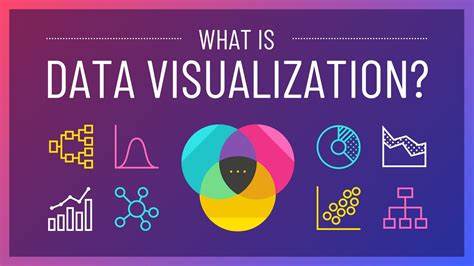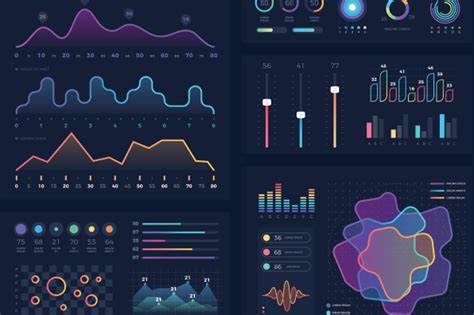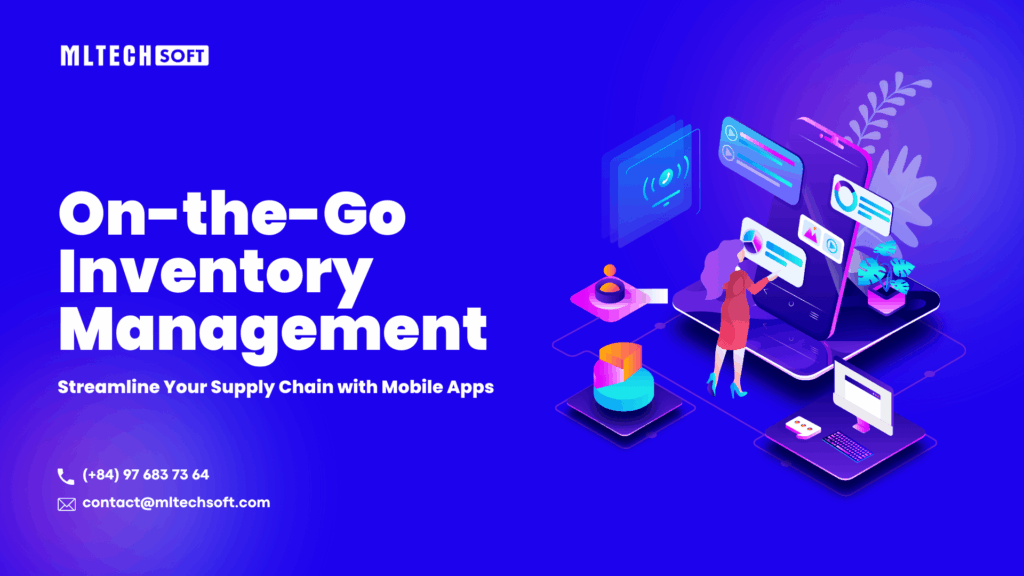A company might still fail even with all the data required for success if no one knows how to use or comprehend it. Businesses can use it to spot trends, carry out analysis, make informed decisions, and set acceptable goals.
Datasets can seem like a foreign language for many employees outside of the analytics team. Here is where data visualization is helpful. Professionals can take raw data and transform it into something simple to understand using data visualization.
Keep reading to learn about data visualization and some common data visualization tools.
1. What is data visualization?
Data visualization is the process of graphically presenting data through statistical graphs, infographics, heat maps, charts, sparklines, and maps of locations. The effective extraction of valuable insights from the data is made possible by the ease of understanding and analysis of data presented through visual elements. Relevant stakeholders can then use the results to inform faster, more effective decisions.
A data visualization tool is software that is used to visualize data. The features of each tool vary, but at their most basic, they allow you to input a dataset and graphically alter it. Most, but not all, come with pre-built templates for creating simple visualizations

Why is data visualization important?
Data is frequently easier to grasp and derive insights from when it is represented visually. Therefore, using data visualization software to increase data accessibility is a successful strategy. The result will be more data-driven organizational processes as employees will be empowered to support their decisions with actual data rather than making assumptions.
Data visualization can be crucial in communicating with groups outside a company, such as the media, investors, regulatory bodies, and other stakeholders. Today, many businesses specifically hire people with expertise in tools to visualize data and other data science skills because it has become so crucial to modern business.

2. Top Data Visualization Tools
There are many data visualization tools on the market, but some stand out from their competition because they are either easier to use than the alternatives or have more excellent capabilities for the kinds of visualizations they can produce. Here is a list of them:
Tableau
There are many solutions available from Tableau, including a desktop program, server and hosted web versions, and a free public option. There are other methods for importing data as well, including CSV files, data from Google Analytics and AdWords, and Salesforce data.
Numerous chart formats and the ability to map are included in the output options. This suggests that designers may create color-coded maps that display statistical information that is important to a particular location in a way that is far easier to understand than a table or chart could ever be.
Microsoft Power BI
Microsoft Power BI is a data visualization platform focused on creating a data-driven business intelligence culture. It offers self-service analytics tools that can be used to analyze, aggregate, and share data in a meaningful fashion.
Microsoft Power BI offers hundreds of data visualizations to its customers, along with built-in artificial intelligence capabilities and Excel integration facilities. It also provides you with multiple support systems, such as FAQs, forums, and live chat support with the staff.
Google Charts
Google Charts is a powerful and user-friendly program that can be used to create interactive charts that can be embedded online. The only technologies used for the outputs are dynamic data-compatible HTML5 and SVG. They can therefore operate in browsers without the need for any additional plugins. Google Fusion Tables, Google Spreadsheets, Salesforce, and other SQL databases are a few examples of data sources.
Charts come in a wide variety of formats, including maps, scatter plots, column and bar plots, histograms, area plots, pie plots, treemaps, timelines, gauges, and many others. You may completely change these charts using simple CSS editing.

Zoho Analytics
With the help of the business intelligence and data analytics software Zoho Analytics, you can quickly produce stunning data visualizations from your data. Data from many sources can be combined and masked to produce multidimensional data visualizations that let you observe your company’s data across divisions. Use Zia, a smart assistant built with artificial intelligence, machine learning, and natural language processing, if you have any questions.
With the help of Zoho Analytics, you can publish or share your reports with your coworkers and participate in discussions or add comments as needed. Zoho Analytics files can be exported in a variety of formats, including spreadsheets, MS Word, Excel, PowerPoint, and PDF.
Qlik Sense
Qlik Sense is a data visualization platform that helps companies become data-driven enterprises by providing an associative data analytics engine, a sophisticated artificial intelligence system, and a scalable multi-cloud architecture that allows you to deploy any combination of SaaS, on-premises, or a private cloud.
You can easily combine, load, visualize, and explore your data on Qlik Sense, no matter its size. All the data charts, tables, and other visualizations are interactive and instantly update themselves according to the current data context. Qlik Sense AI can even provide data insights and assist you in creating analytics with just a few clicks.
Klipfolio
Klipfolio is a Canadian business intelligence company that provides one of the best data visualization tools. By using connectors, you can access your data from hundreds of different data sources, like spreadsheets, databases, files, and web services applications. Klipfolio also allows you to create custom drag-and-drop data visualizations where you can choose from different options like charts, graphs, scatter plots, etc. Klipfolio also has tools you can use to execute complex formulas that can solve challenging data problems.
Jupyter
A web-based application, JupyteR, is one of the top-rated data visualization tools that enables users to create and share documents containing visualizations, equations, narrative text, and live code. Jupyter is ideal for data cleansing and transformation, statistical modeling, numerical simulation, interactive computing, and machine learning.
Looker
Looker is a data visualization tool that can go in-depth into the data and analyze it to obtain useful insights. It provides real-time dashboards of the data for more in-depth analysis so that businesses can make instant decisions based on the data visualizations obtained. Looker also provides connections with Redshift, Snowflake, and BigQuery, as well as more than 50 SQL-supported dialects, so you can connect to multiple databases without any issues.
Looker data visualizations can be shared with anyone using any particular tool. Also, you can export these files in any format immediately. It also provides customer support, where you can ask any question and it will be answered. A price quote can be obtained by submitting a form.
Conclusion
These are some of the best data visualization tools, and using them will enable you to work effectively and without wasting any time. Additionally, there are trial versions of each one that you can use as needed and without any fuss if you wish to try them out.






